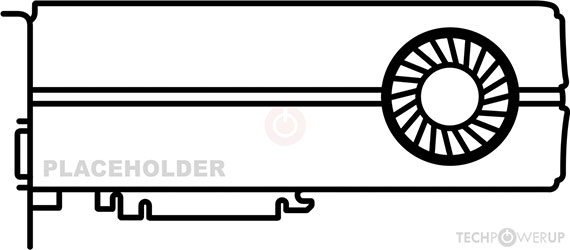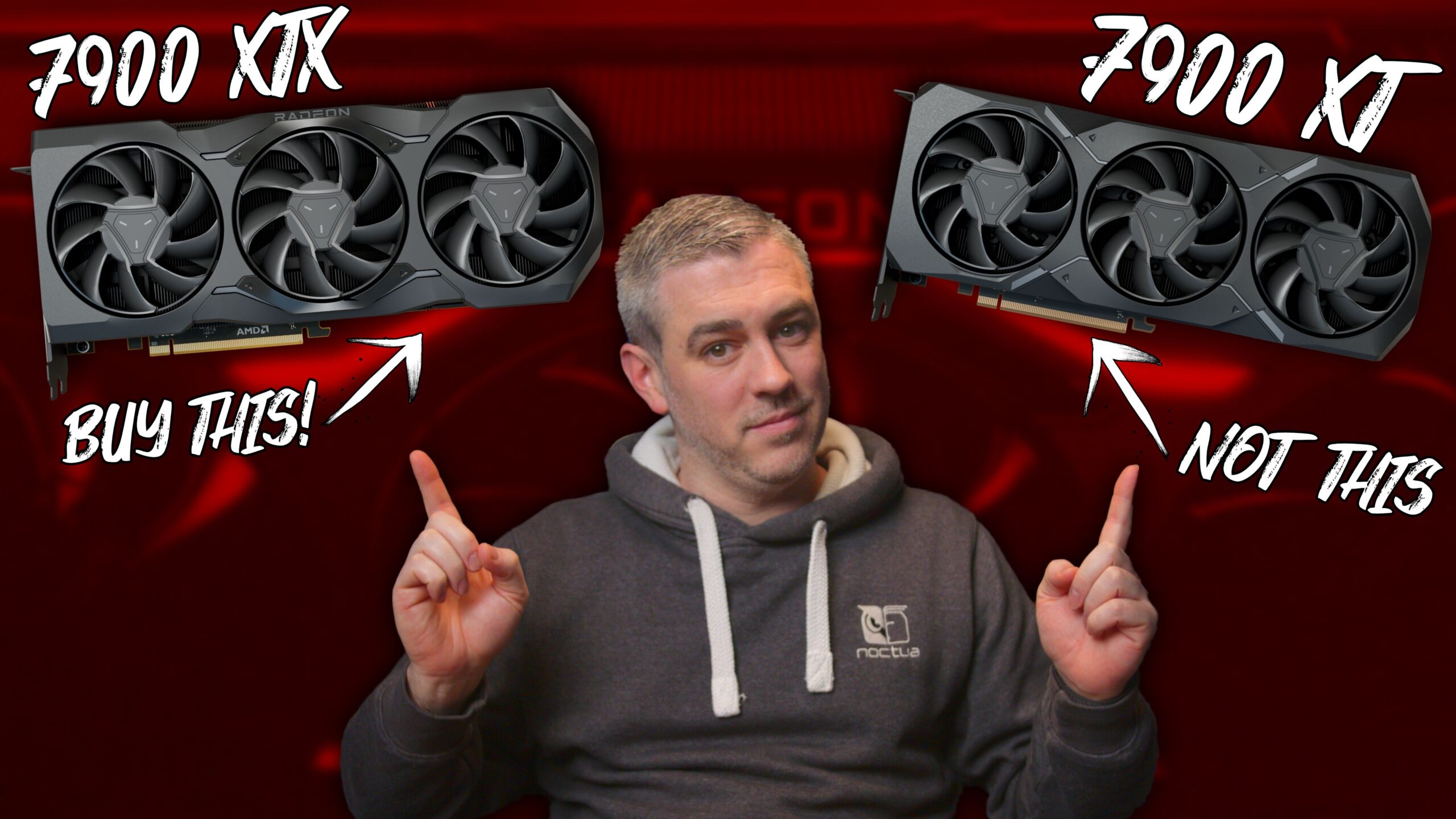thats how scalar-
ness is interpreted, nvidia has a scalar architecture, amd uses a vector architecture, in a relative sense
this is misleading because:
a. these are theoretical max values, only works for ideal load
b. you havent mentioned the data type which makes those numbers meaningless (fp64/fp32/fp16/tf32/int8.. what?)
c. tdp's are missing: mi300x 750 watt, h100 350w
NVIDIA GH100, 1755 MHz, 14592 Cores, 456 TMUs, 24 ROPs, 81920 MB HBM2e, 1593 MHz, 5120 bit

www.techpowerup.com
AMD Aqua Vanjaram, 2100 MHz, 19456 Cores, 1216 TMUs, 0 ROPs, 196608 MB HBM3, 2525 MHz, 8192 bit

www.techpowerup.com
oh yeah and they are not from the same generation either going by launch dates, maybe you are unaware but nvidia has already launched b200
its the defacto dx12 benchmark
and its hypocritical at the same time, because you have conveniently skipped RT benchmarks
we are talking about the full extent of capabilities of both chips, so it doesnt make much sense to skip RT performance
here data on port royal:
7900 xtx: 15793
rtx 4090: 25692 (+63%)
AMD is finally ready to throw some fresh hardware into the endless battle between Nvidia and AMD for gaming dominance, sure Intel is part of the rumble these days too, but it’s fair to say they’ve got…
www.eteknix.com
and tsmc 4n is just a custom 5n node for nvidia as has been reported by popular press outlets









